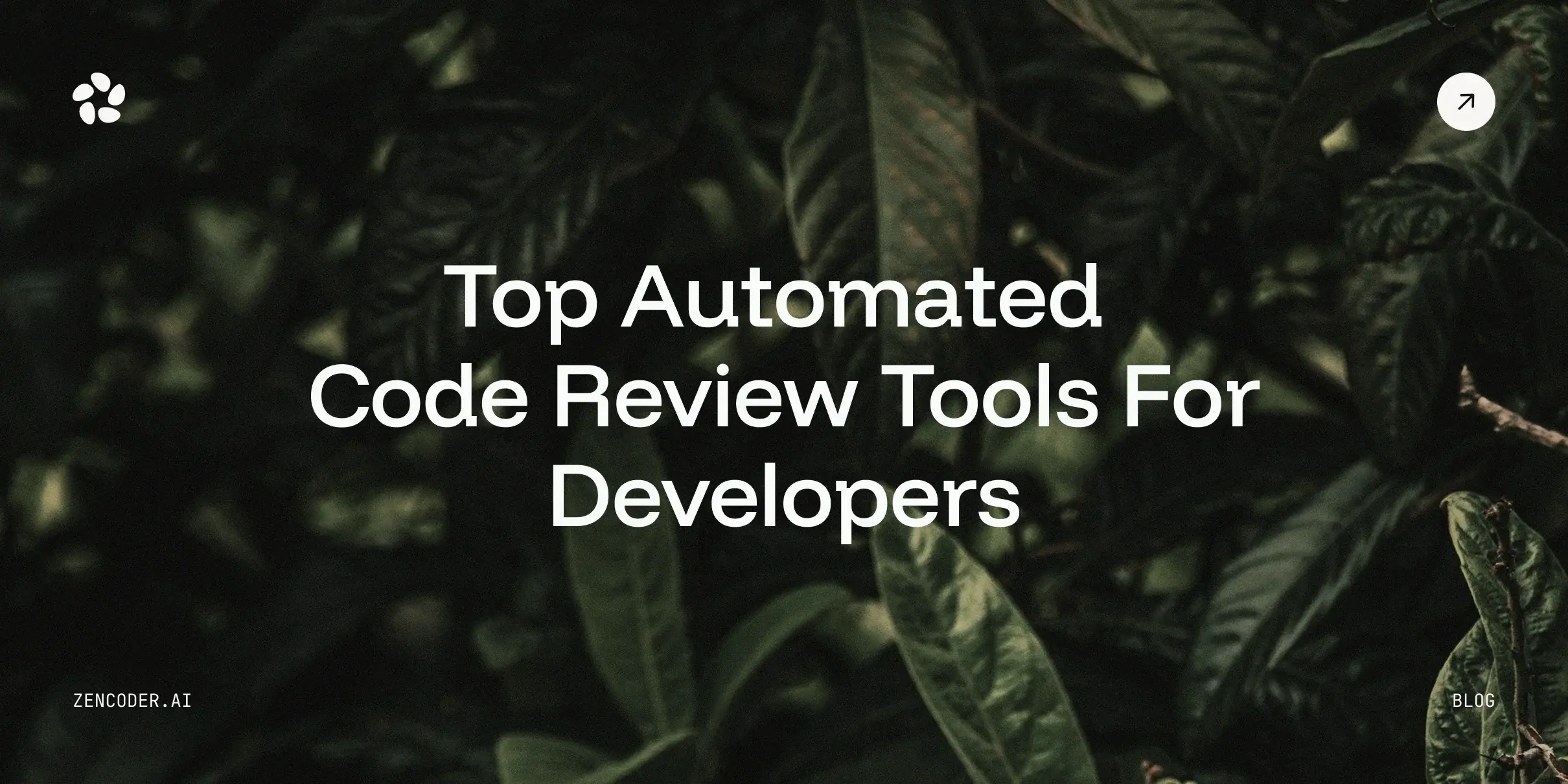A new paradigm is emerging in software development alongside traditional coding methodologies. This approach, known as "vibe coding," represents a fundamental shift in how developers interact with code and build software solutions. As AI-assisted development tools become more sophisticated, understanding the distinctions between these two approaches is crucial for modern software engineers looking to optimize their workflow and productivity.
In this article, we’ll discuss 5 key differences between traditional coding and vibe coding.
Let’s dive in!
The Evolution of Software Development
Software development has always been characterized by continuous evolution. From assembly language to high-level programming languages, from waterfall methodologies to agile practices, the industry constantly reinvents itself to improve efficiency and outcomes. The latest evolution—vibe coding—leverages artificial intelligence to transform how developers approach problem-solving and implementation.
Vibe coding is an innovative approach to software development that emphasizes creativity and intuition over traditional, structured methods. It involves using generative AI tools to assist in coding, allowing developers to focus more on the creative aspects of programming rather than getting bogged down in syntax and debugging.
Difference 1: Development Philosophy and Approach
The core mindset and methodology behind writing code differ significantly between traditional and vibe coding. Traditional coding prioritizes meticulous control and structure, while vibe coding leans into intuition and collaboration with AI.
Let’s go deeper.
Traditional Coding: Structure and Control
Traditional coding follows a methodical, structured approach to software development. It emphasizes precise control over every aspect of the codebase, with developers manually crafting each line according to established patterns and principles.
Let’s consider a Python example:
|
# Traditional approach to implementing a simple user authentication system |
In this traditional approach, the developer must understand authentication flows, database interactions, and security practices like password hashing. Every line is intentionally written with full awareness of its purpose and implications.
Vibe Coding: Intuition and AI Collaboration
Vibe coding, by contrast, embraces a more intuitive, collaborative relationship with AI tools. Developers describe their intent in natural language, and AI systems like Zencoder generate the corresponding code.
With vibe coding, a developer might simply express a prompt: "Create a secure user authentication system with password hashing"
And here’s the result:
|
from werkzeug.security import generate_password_hash, check_password_hash |
This example shows how Vibe coding leverages large language models to interpret high-level descriptions or 'vibes' provided by developers, generating corresponding code. This approach enables rapid prototyping and reduces the need for extensive programming knowledge, allowing developers to focus more on problem-solving and design.
Difference 2: Tool Selection and Environment
The tools and environments developers use reflect the underlying philosophy of each coding approach. Traditional coding relies on established, stable toolchains, whereas vibe coding incorporates cutting-edge, AI-enhanced environments.
Traditional Coding: Established Toolchains
Traditional coding relies on well-established development environments, frameworks, and libraries with comprehensive documentation. Developers typically work with:
- Mature IDEs with extensive debugging capabilities
- Version control systems with strict branching strategies
- Comprehensive testing frameworks
- Established design patterns and architectural principles
The emphasis is on stability, predictability, and proven methodologies that have stood the test of time.
Vibe Coding: AI-Enhanced Environments
Vibe coding leverages AI-powered tools that transform the development environment into a collaborative space between human and machine intelligence. Tools like Zencoder exemplify this approach. In fact, Zencoder's AI Agents seamlessly integrate into your workflow, taking on complex coding challenges while automating multi-step processes to elevate your software development experience. By automating repetitive and complex tasks, these agents free up your time so that you can focus on innovation.
Key features of vibe coding environments include:
- AI-powered code generation and completion
- Natural language interfaces for expressing development intent
- Automated testing and documentation generation
- Context-aware suggestions based on repository analysis
Difference 3: Code Organization and Style
How code is structured and styled also diverges between the two paradigms. Traditional coding values standardization for maintainability, while vibe coding often results in more expressive and adaptive code structures.
Traditional Coding: Standardization and Consistency
Traditional coding emphasizes standardized code organization and consistent styling. Development teams typically establish:
- Comprehensive style guides
- Linting rules and automated formatting
- Consistent naming conventions
- Clear separation of concerns and modular architecture
This approach prioritizes readability, maintainability, and collaboration among team members. Here’s an example in Python:
|
class DataProcessor: |
Vibe Coding Expressive and Adaptive
Vibe coding embraces a more fluid, expressive approach to code organization. The focus shifts from rigid adherence to style guides toward code that "feels right" and effectively communicates intent.
The idea is to create a more fluid and intuitive coding experience, akin to creating art or music. Vibe coding encourages developers to explore and experiment, fostering an environment where creativity can thrive.
With tools like Zencoder, code organization adapts to the developer's natural expression of ideas. For example, a prompt like the following: "Create a data processor that handles errors gracefully and logs processing steps"
Generates this result:
|
import logging |
This shows that the vibe coding approach often produces code that incorporates modern patterns and practices that might not be part of the developer's standard toolkit, potentially introducing innovative approaches to common problems.
Difference 4: Testing and Quality Assurance
Ensuring code quality and correctness is handled differently in each approach. Traditional coding relies heavily on manual test creation and formal QA processes, while vibe coding leverages AI to automate test generation and assist in reviews.
Traditional Coding: Comprehensive Testing Frameworks
Traditional coding approaches testing methodically, with developers writing extensive test suites to verify functionality, performance, and edge cases. This typically involves:
- Unit tests for individual components
- Integration tests for component interactions
- End-to-end tests for complete workflows
- Performance and load testing
- Manual code reviews and quality gates
Vibe Coding: AI-Assisted Testing
Vibe coding, on the other hand, transforms testing through AI-assisted test generation and validation. Tools like Zencoder can automatically create comprehensive test suites based on code analysis.
For example, Zencoder's Unit Test Agent automatically creates realistic, editable unit tests following your existing test patterns and coding standards.
So, consider having written a Class called SmartDataProcessor. You can simply prompt Zencoder’s chat like so: "Generate unit tests for the SmartDataProcessor class"
And it will generate your unit tests for you.
Difference 5: Project Management and Collaboration
The way teams manage projects and collaborate also shifts with vibe coding. Traditional coding fits well within structured frameworks like Agile, while vibe coding fosters more fluid, adaptive workflows where AI tools play an active role.
Traditional Coding: Structured Methodologies
Traditional coding typically operates within established project management frameworks like Agile, Scrum, or Kanban. These methodologies provide:
- Clear role definitions and responsibilities
- Structured planning and estimation processes
- Regular synchronization through standups and reviews
- Detailed documentation and knowledge sharing
- Formal code review processes
Development tasks are broken down into well-defined tickets with specific acceptance criteria, and progress is tracked through structured sprints or iterations.
Vibe Coding: Fluid and Adaptive Workflows
Vibe coding introduces a more fluid approach to project management, where AI tools become active participants in the development process. This creates:
- Blurred boundaries between planning and implementation
- Rapid prototyping and iteration cycles
- AI-assisted task breakdown and estimation
- Automated documentation generation
- Continuous feedback loops
For example, Zencoder integrates with various development tools and platforms to enhance your existing workflow. This integration extends to project management tools, allowing for seamless transitions between ideation and implementation.
The Future: Hybrid Development Models
Looking ahead, the most effective path likely involves blending both approaches. Combining the speed and intuition of vibe coding with the rigor and control of traditional coding can optimize the development lifecycle.
As the software development landscape continues to evolve, the most effective approach will likely be a hybrid model that combines the strengths of both traditional and vibe coding methodologies. This integration allows teams to:
- Use vibe coding for rapid prototyping and exploration
- Apply traditional coding principles for critical system components
- Leverage AI for routine tasks while maintaining human oversight for complex logic
- Combine AI-generated tests with human-designed test strategies
This hybrid approach recognizes that different development tasks benefit from different methodologies.
Practical Applications for Software Engineers
Understanding when to apply each method is key for developers. Vibe coding excels in rapid development and automation, while traditional coding remains crucial for critical, complex, or performance-sensitive areas.
For software engineers looking to incorporate vibe coding into their workflow, consider the following strategic applications.
When to Use Vibe Coding
While vice coding has its advantages, it is not suitable for all coding scenarios. Consider to apply it to the following:
- Rapid prototyping and proof-of-concept development
- Generating boilerplate code and repetitive patterns
- Creating comprehensive test suites
- Documenting existing code
- Learning new frameworks or technologies
Tools like Zencoder excel in these scenarios, with features like Repo Grokking, which deeply analyze and understand your entire code repository, generating code suggestions and improvement strategies that are highly relevant and precise.
When to Use Traditional Coding
On the other hand, traditional coding is more suitable for the following scenarios:
- Security-critical components
- Performance-sensitive algorithms
- Complex business logic implementation
- System architecture design
Conclusion
Vibe coding marks a significant shift, offering new ways to approach software creation alongside established traditional methods.
As AI tools like Zencoder continue to advance, the line between these methodologies will likely blur further, creating new opportunities for innovation and efficiency in software development. The most successful developers will be those who can fluidly move between these approaches, selecting the right methodology for each specific challenge they face.
The future of coding isn't about choosing between traditional and vibe coding—it's about knowing when and how to apply each approach to create better software more efficiently.
How Zencoder Can Help
Zencoder, an advanced AI agent, offers powerful abilities to help developers in their daily work, superpowering your vibe coding habits. By leveraging machine learning algorithms, Zencoder analyzes existing code to identify patterns and suggest optimizations, reducing the risk of errors during the transition.
The tool also provides automated refactoring and dependency management, ensuring that the code is compatible with new frameworks.
Try out Zencoder and share your experience by leaving a comment below. Don’t forget to subscribe to Zencoder to stay informed about the latest AI-driven strategies for improving your code governance. Your insights, questions, and feedback can help shape the future of coding practices.



![12 Best DevOps Testing Tools for 2026 [Comparison List]](https://zencoder.ai/hubfs/Cover-Nov-18-2025-04-51-58-6612-PM.webp)